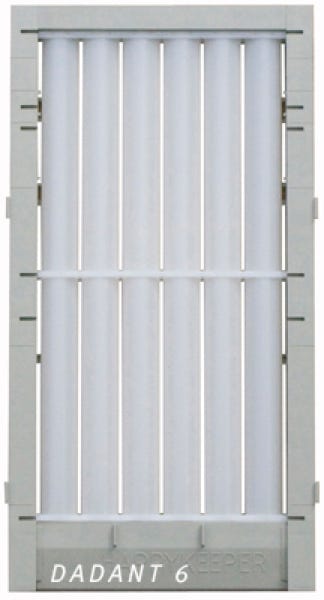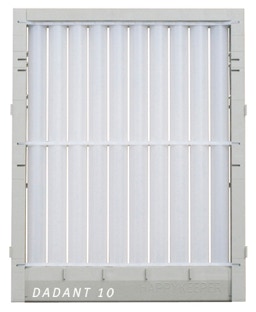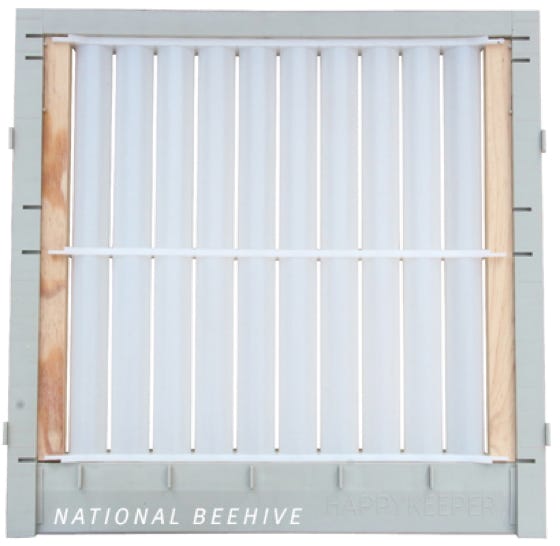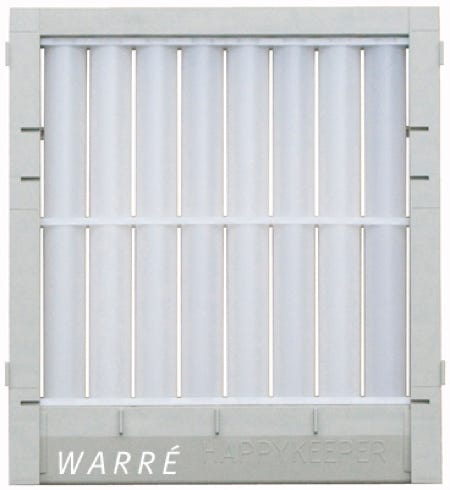
Thanks to
HAPPYKEEPER
pesticides against Varroa mites are the solution of the past




BENEFITS
1 - USELESS TREATMENTS
Many beekeepers no longer treat, in my case since April 1997. On the other hand, beekeepers who have not dared to stop treatments are not encouraged to do so because their infestation rates do not decrease substantially. Indeed, most of the treatments used against Varroa are also toxic to bees which would have the effect of weakening them and thus facilitate the re-infection. Thereby it has been advised not to use certain products when infestation is strong as a precaution to prevent colony collapse disorder.
A significant rise in Varroa mite falls is observed immediately after exchanging a mesh board for a tubes board in autumn. The figure of 20 mites per hour was even reported on an extremely infested colony.
The uselessness of treatments is confirmed by the infestation rate measurements carried out in the spring using the "bee washing" method, the only valid method. In the past, alcohol was used. Now, ice sugar is preferred, which allows bees to be brought back in the controlled hive.
2 - STRONGER COLONIES
Early development of colonies in spring equips bees to produce honey one month sooner in some locations.
3 - A CLEAN BOARD IN SPRING
The tubes board is clean in spring and does not need to be cleaned every year. If this is not the case, the colony is generally queenless.
4 - COLONIES WELL ACCOMODATED !
Colonies have well withstood extremely low temperatures (-15 °C) in the French mountains for weeks.
On the other hand, strong colonies are not bearding in summer when the temperature exceeds 40°C.
To learn more, download the booklet "In the apiary with HAPPYKEEPER"